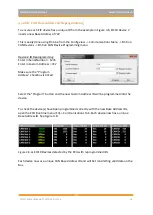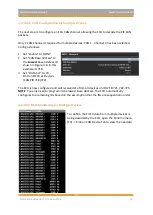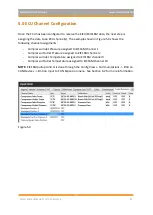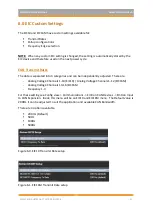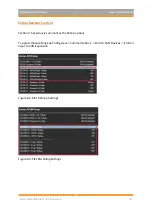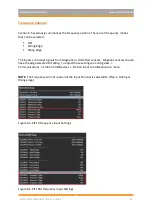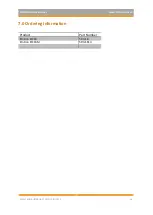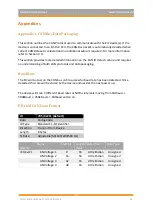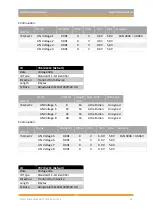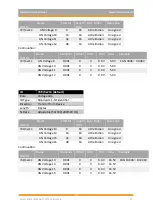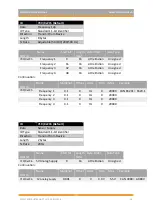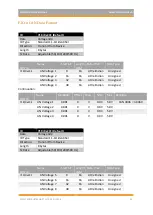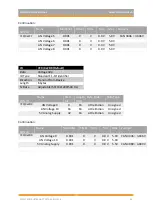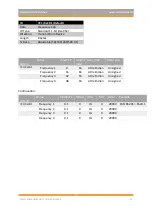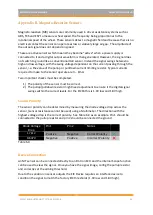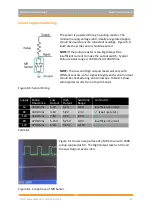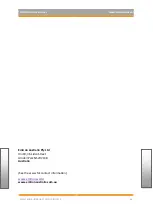
EMTRON EIC USER MANUAL
WWW.EMTRON.WORLD
© EMTRON AUSTRALIA PTY LTD APRIL 2018
32
Appendix B. Magneto-Resistive Sensors
Magneto-resistive (MR) sensors are commonly used in driver assistance systems such as
ABS, TCS and ESP to measure wheel speed, the frequency being proportional to the
rotational speed of the wheel. These sensors detect a magnetic field and because there is no
electrical contact the sensor can operate across a relatively large air gap. The amplitude of
the output signal does not depend on speed.
These are active sensors which means they become “active” when a power supply is
connected to it and a digital output waveform is then generated. However, the signal does
not switch to ground like a conventional Hall sensor. Instead the signal swings between a
high and low voltage, with the swing voltage dependant on the current passing through the
sensor, i.e. the value of the pullup or pulldown current limiting resistor. Typical currents
required to make to the sensor operate are 4
–
8mA.
Two important checks must be completed.
1)
The polarity of the sensor must be correct.
2)
The pullup/pulldown resistor might need adjustment to ensure it the digital signal
swings within the correct levels. For the EIC16 this is 1.0V low and 1.8V high.
Sensor Polarity
The sensor polarity can be determined by measuring the diode voltage drop across the
sensor, (sensor resistance cannot be used) using a Multimeter. The direction with the
highest voltage drop is the correct polarity. See Table 6.0 as an example. Pin 1 should be
connected to the pullup resistor and pin 2 should be connected the ground.
Diode Voltage
Drop
Pin 1
Pin 2
Notes
1.781 V
Positive
Negative
Correct Polarity
0.637 V
Negative
Positive
Incorrect Polarity
Table 6.0
Device Connection
An MT sensor can be connected directly to an Emtron ECU and the internal Scope function
can be used to view the signal. Once you have the signal image, config the pullup resistor
and correctly set the arming threshold.
Due to the variation in sensor outputs the EIC Device requires an interface device to
condition the signal to match the factory EIC thresholds (1.0V low and 1.8V high).

